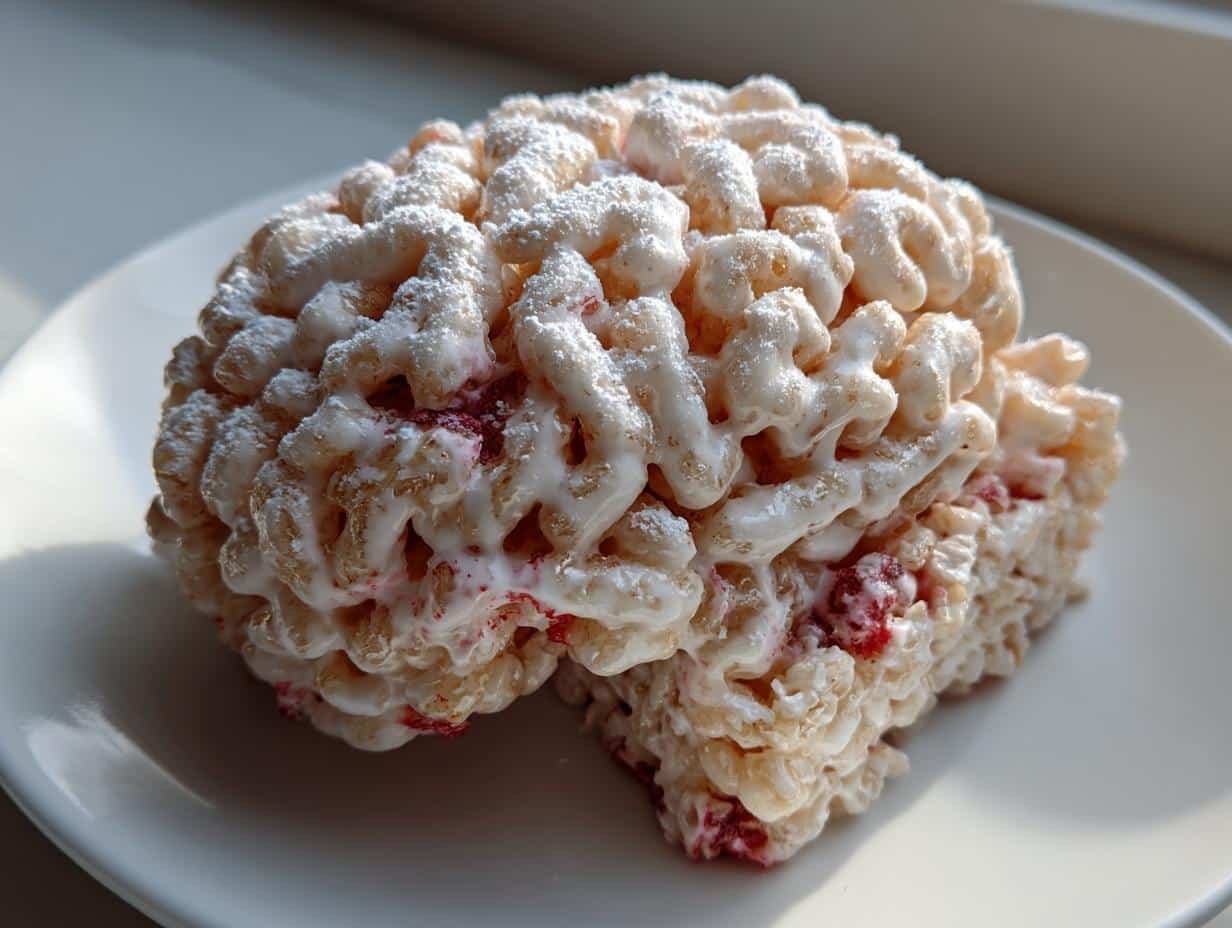In the quest for a balanced diet, the question of whether indulging in the buttery layers of a croissant can fit into a healthy lifestyle often arises. Croissants, with their flaky texture and rich flavor, have been a staple in French cuisine and enjoyed worldwide as a beloved pastry. However, amidst their popularity, concerns about their nutritional value and impact on health have surfaced. This article delves deep into the heart of the matter, exploring the nutritional profile of croissants, their health considerations, and how they compare to traditional bread. By weaving through the layers of facts and myths, we aim to provide a comprehensive guide on the role of croissants in a balanced diet, answering frequently asked questions and offering recommendations for those who cherish this culinary delight yet strive to maintain a healthy lifestyle.
Part 1: Introduction to Croissants
Croissants, the quintessential French pastry, have captivated taste buds around the globe with their buttery bliss and flaky finesse. Originating from the heart of France, these pastries have evolved into a breakfast staple, often enjoyed with a cup of coffee or as part of a more elaborate meal. But what exactly goes into a croissant, and how did this pastry come to be a symbol of culinary excellence?
Understanding Croissants: A Culinary Delight
The journey of the croissant begins with its simple yet precise ingredients: butter, flour, sugar, eggs, salt, water, yeast, and milk. The magic, however, lies in the technique—lamination. This process involves folding butter into the dough multiple times, creating hundreds of layers that puff up in the oven, resulting in the croissant’s signature flaky texture.
Croissants come in various shapes and sizes, from the classic crescent to modern interpretations filled with chocolate, cheese, or almond paste. Despite their diversity, all croissants share a common foundation that contributes to their unique taste and texture.
The history of croissants is as layered as the pastry itself, with tales of its origin dating back to the Ottoman siege of Vienna. Legend has it that the croissant was created to celebrate the defeat of the siege, its shape representing the crescent moon found on the Ottoman flags.
As we peel back the layers of the croissant’s rich history and intricate making process, it’s clear that this pastry is more than just a treat—it’s a testament to Mastering Croissant Bread Baking Guide. Yet, as we savor each bite, the question remains: can the indulgence of a croissant fit into a healthy lifestyle? Stay tuned as we explore the nutritional profile of croissants in the next section, shedding light on this buttery enigma.
Part 2: Nutritional Profile of Croissants
Diving into the heart of croissants, it’s essential to unravel the nutritional tapestry that makes up this flaky delight. While croissants are often celebrated for their irresistible taste, Is Croissant Bread Explained is key to integrating them into a balanced diet.
What’s Inside a Croissant?
At first glance, a croissant might seem like a simple pastry, but its nutritional profile reveals a complex array of macronutrients. A typical butter croissant contains a significant amount of calories, primarily from fats and carbohydrates. The butter, the soul of the croissant, not only imparts a rich flavor but also contributes to the high saturated fat content. This aspect of croissants raises questions about their impact on heart health and cholesterol levels.
Calories and Macronutrients
A standard butter croissant can pack between 200 to 300 calories, with around 8 to 12 grams of saturated fat and 30 to 40 grams of carbohydrates. The protein content, while present, is relatively low, making croissants more of an indulgence than a protein-rich food choice.
Vitamins and Minerals
When it comes to vitamins and minerals, croissants offer modest amounts. Some B vitamins may be found due to the flour and yeast, along with trace minerals such as iron and calcium. However, compared to whole grain breads, croissants fall short in providing a significant nutritional punch in terms of fiber and essential nutrients.
Comparison with Other Breads
In the bakery aisle, croissants and bread might share shelf space, but nutritionally, they’re worlds apart. Unlike whole grain bread, which is lauded for its high fiber content and lower calorie count, croissants are denser in calories and fat. This distinction is crucial for those mindful of their dietary intake, especially when considering weight management or heart health.
Whole grain bread, with its rich fiber content, offers a feeling of fullness and aids in digestion, making it a healthier option for everyday consumption. On the other hand, the artisanal pastry that is the croissant, with its higher fat and calorie content, might be better suited for occasional indulgence rather than a staple of one’s diet.
As we sift through the nutritional aspects of croissants, it becomes evident that while they may not be the healthiest option compared to whole grain bread, they can still find a place in a balanced diet when enjoyed in moderation. The key lies in understanding their nutritional makeup and making informed choices that align with one’s health goals.
In the next section, we’ll explore the health considerations associated with croissants, delving into their impact on weight management, cholesterol levels, and overall well-being. Stay tuned as we continue to unravel the layers of the croissant conundrum.
Part 3: Health Considerations

As we navigate through the buttery layers of croissants, it’s crucial to address the elephant in the room: their health implications. This section delves into the saturated fats, cholesterol, and the role croissants play in a balanced diet.
Impact on Weight Management
Let’s face it, croissants are not exactly low-calorie foods. With their high calorie count stemming from butter and refined flour, they can be challenging to fit into a weight loss diet. However, moderation is key. For those counting calories, indulging in a croissant occasionally won’t derail your diet, but it’s essential to balance it out with physical activity and other nutrient-rich foods.
Saturated Fats and Cholesterol
The saturated fat content in croissants is a concern, especially for individuals monitoring their cholesterol levels. High intake of saturated fats can lead to an increase in LDL (low-density lipoprotein) cholesterol, known as the “bad” cholesterol, which is linked to heart disease. Therefore, enjoying croissants in moderation, alongside a diet rich in fruits, vegetables, and whole grains, is advisable to mitigate potential health risks.
Are Croissants Suitable for Daily Consumption?
Given their nutritional profile, making croissants a daily breakfast choice might not be the best idea. While they can be a delightful treat, their high fat and calorie content, coupled with low essential nutrients, make them less suitable for everyday consumption. Instead, incorporating croissants into your diet as an occasional indulgence, balanced with healthier food choices, can allow you to enjoy them without compromising your health goals.
Croissants in a Balanced Diet
So, can croissants fit into a balanced diet? Absolutely, but with a few caveats. Pairing a croissant with protein-rich foods like eggs or a side of fresh fruit can enhance its nutritional value, making it a more balanced meal. Additionally, opting for smaller croissants or those made with whole grain flour can also be a healthier choice, allowing you to savor the pastry without overindulging in calories and fats.
In essence, while croissants may not be the epitome of health food, they don’t have to be banished from your diet. Like all indulgences, the secret lies in moderation and balance. By being mindful of portion sizes and making informed choices, you can enjoy the flaky goodness of croissants without derailing your health objectives.
As we continue to peel back the layers of dietary wisdom, the next section will explore how croissants can be incorporated into a diet, especially for those with weight loss goals. Stay tuned as we knead through the dough of dietary advice, ensuring you can have your croissant and eat it too, without guilt.
Part 4: Croissants and Dieting
In the quest for a balanced lifestyle, many wonder if the indulgence of a croissant can coexist with dieting goals. This section kneads into the doughy details of incorporating croissants into a diet, especially focusing on weight loss and offering healthier alternatives.
Can Croissants Fit into Your Diet?
Yes, but with a sprinkle of strategy. For those on a weight loss journey, the key to including croissants lies in moderation and mindful eating. Integrating them into a diet that’s rich in fruits, vegetables, lean proteins, and whole grains can allow for these buttery delights without compromising nutritional balance.
Croissants and Weight Loss
At first glance, croissants might seem like a diet’s nemesis. However, when consumed in moderation and as part of a calorie-controlled diet, they can fit into your weight loss plan. It’s all about the balance—pairing a croissant with a protein-rich accompaniment or a serving of fresh fruit can create a more rounded meal, helping to keep you fuller for longer and reducing the likelihood of overindulging later.
Healthy Alternatives and Modifications
For those looking to enjoy the essence of croissants without the guilt, there are several healthier alternatives and modifications to consider:
- Whole Grain Croissants: Some bakeries offer croissants made with whole grain flour, providing a fiber boost that’s absent in traditional croissants.
- Mini Croissants: Opting for a mini croissant can satisfy your craving with fewer calories and less fat.
- Homemade Croissants: Making Croissant Bread Guide allows for control over the ingredients. Substituting some of the butter with lower-fat options or incorporating whole wheat flour can make them a tad healthier.
Incorporating croissants into a diet, especially one aimed at weight loss, requires a dash of creativity and a pinch of moderation. By choosing the right moments to indulge and making smarter choices about the type of croissants you enjoy, it’s possible to maintain a diet that’s both satisfying and aligned with your health goals.
As we wrap up this section, remember that dieting doesn’t have to mean deprivation. Even within a weight loss plan, there’s room for the foods you love, including croissants, as long as they’re enjoyed thoughtfully and in moderation. In the next part, we’ll answer some frequently asked questions about croissants and health, providing you with even more insights into navigating the delicious dilemma of dieting with croissants.
Part 5: Frequently Asked Questions
In the world of pastries and health, croissants often spark a flurry of questions. From their impact on health to how they compare with other breads, let’s tackle some of the most frequently asked questions about croissants.
Are croissants healthier than bread?
When it comes to nutritional content, croissants and bread serve up different profiles. Generally, bread, especially whole grain varieties, is considered healthier due to its lower calorie and fat content and higher fiber and nutrient levels. Croissants, with their higher butter content, are more calorie-dense and richer in saturated fats.
Can eating croissants increase cholesterol levels?
Yes, due to their high saturated fat content, primarily from butter, croissants can impact cholesterol levels. Saturated fats are known to raise LDL (bad) cholesterol, which is linked to an increased risk of heart disease. Moderation is key—enjoying croissants in moderation while maintaining a diet rich in fruits, vegetables, and whole grains can help manage cholesterol levels.
How can I include croissants in a healthy breakfast?
A croissant alone might not make the most balanced breakfast, but pairing it with nutrient-rich foods can elevate its health quotient. Consider complementing a croissant with a serving of protein, such as eggs or Greek yogurt, and a side of fresh fruit or vegetables. This combination can help balance the meal, providing a mix of carbohydrates, protein, and fiber, making for a more nutritious start to the day.
Part 6: Conclusion and Recommendations
Croissants, with their buttery layers and irresistible flakiness, hold a special place in the hearts of pastry lovers. However, when it comes to health, they present a bit of a conundrum.
For those looking to maintain a healthy lifestyle while still indulging in the occasional croissant, the key lies in balance and moderation. Pairing croissants with healthy sides, opting for mini versions, or exploring whole grain alternatives can make them a more suitable option for a balanced diet. Remember, it’s not about eliminating the foods you love but finding ways to enjoy them that align with your health goals.
In the end, croissants can indeed have a place in a healthy diet, provided they are enjoyed thoughtfully and in moderation. By making informed choices and balancing indulgences with nutritious foods, you can savor the delight of croissants without compromising your health.
As we close this chapter on croissants and health, let’s embrace the joy of eating mindfully, celebrating the flavors we love while nurturing our bodies with the care they deserve. After all, a balanced approach to dieting can include a flaky, buttery croissant—just perhaps not every day.
LSI and NLP Keywords:
- Nutritional value, saturated fat, calorie count, whole grain, artisanal pastry, balanced diet, heart health, cholesterol levels, dietary fiber, weight management, healthy alternatives, daily consumption, breakfast options, macronutrients, vitamins and minerals.
Recommended External Links:
- American Heart Association – Anchor text: “Understanding Cholesterol and Heart Health”
- Whole Grains Council – Anchor text: “Benefits of Whole Grain Over Refined”
- MyPlate – Anchor text: “Building a Balanced Diet”



